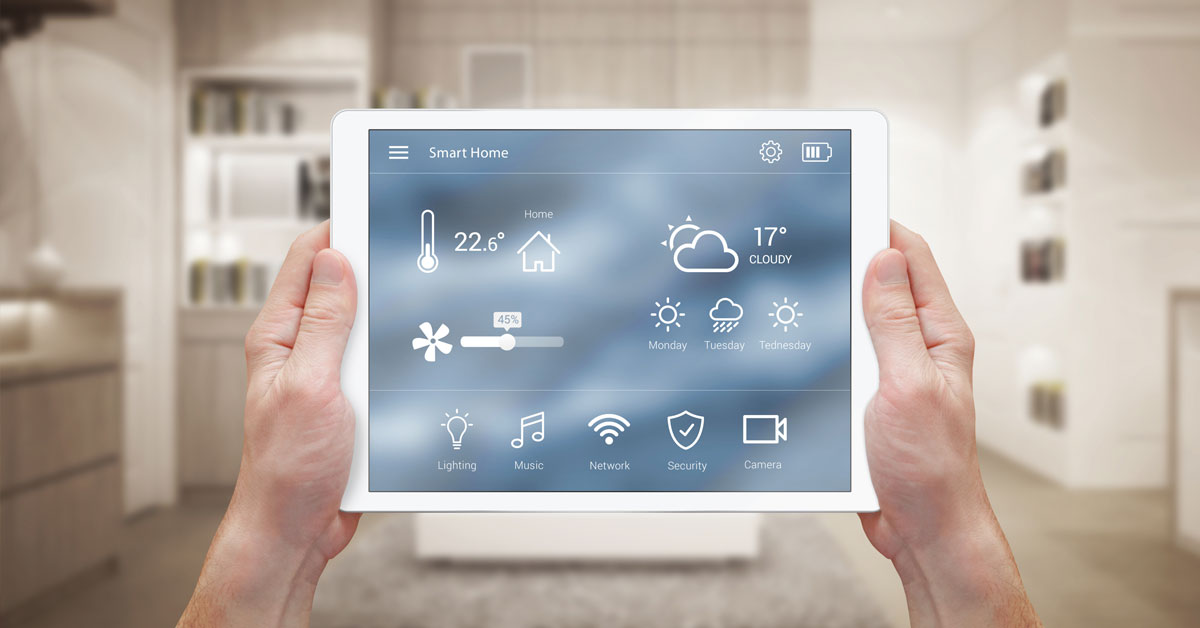Nelligan O’Brien Payne gratefully acknowledges the contribution of Grace Tran, Student-at-Law, in writing this blog post.
The prevalence of Internet-connected home devices is changing what it means to have a “smart separation”.
Smart speakers like Amazon Echo, Google Home, and Apple HomePod, and other smart home products like locks, door bells, thermostats, lights, appliances, and security cameras, can give you greater control over your home – or they can remove it altogether.
Harassment and control
According to a 2017 article in The New York Times, perpetrators of domestic violence are increasingly using smart home technology to harass, monitor, and control their victims. This type of abuse, which may only require the push of a button on a smartphone app, is likely to rise as smart home gadgets become more commonplace.
If you are separating from your spouse, consider whether you may be vulnerable to this form of “remote control”. Do you have smart devices in your home? Do you know how to operate them? Will you remain in the home during or post-separation?
Often, one person in a relationship has installed the smart home technology, knows how to use it, and has all the passwords. If you are not the “tech-savvy” spouse, you are more likely to fall victim to this emerging form of harassment.
What can I do?
Understanding the smart home devices around you, particularly if you are separating from your spouse, is essential. Here are some practical tips:
- Be aware of what devices have been installed in your home.
- Ask for passwords, PINs, and any other information needed to operate these devices.
- Consider resetting the devices to their factory settings, or contact the manufacturer to explore what other options may exist.
- Educate yourself! Consult online resources like University College London’s six-page list for victims of technology-facilitated abuse.
Knowledge is power, and abusers often exploit power imbalances.
If you enjoy your smart home products and want to continue using them, disabling or replacing the devices should be the last resort. Instead, learn how to control the technology now to avoid having it turned against you later.
For more information about how to safeguard against domestic harassment or abuse, contact our Family Law Group.




